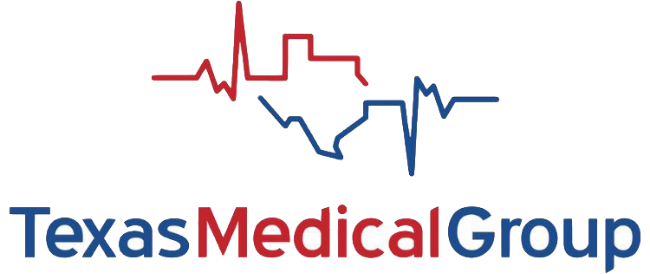
Utilizing Technology to Reduce Workers’ Compensation Claims
The past decade has seen a rapid expansion in workplace technology, motivating many employers to incorporate new digital solutions within their operations. Artificial intelligence (AI) and virtual reality (VR) tools have become increasingly popular in terms of employee safety.
By adopting these solutions, employers can better educate their staff on common job hazards, protect them against occupational injuries and, in turn, minimize related workers’ compensation claims. This article provides more information on AI and VR tools in the context of employee safety. It also outlines additional considerations for employers to address before implementing such technology.
AI Solutions
In recent years, many employers have turned to wearable safety technology to prevent employee injuries and subsequent workers’ compensation claims. This technology refers to a range of electronic devices staff can wear comfortably while they work. These devices can help assess employees’ behaviors on the job, alert them of hazardous situations, and provide personalized safety instructions, thus promoting a safer work environment. According to Allied Market Research, the industrial wearable technology market is projected to reach $8.4 billion by 2027, with more than 100 companies currently developing this technology.
As wearable safety technology continues to evolve, some employers have begun leveraging devices equipped with AI capabilities, including smart helmets, glasses, watches, and exoskeletons, to monitor their staff and identify potential safety concerns in real time. This technology uses advanced sensors and cameras to track and analyze a host of data, namely employees’ immediate surroundings, vital signs and their specific movements during physically demanding tasks (e.g., lifting heavy boxes).
Through predetermined algorithms, such technology can help employers ensure prompt detection and remediation of various hazards, ergonomic issues and indicators of overexertion or fatigue. As a result, utilizing AI-equipped wearable safety technology has the potential to help employers reduce occupational accidents, staff injuries and associated workers’ compensation claims.
VR Solutions
In addition to wearable technology, some employers are updating their occupational safety training programs with VR solutions. These tools allow employers to simulate different workplace scenarios with customizable settings. This allows their staff to practice responding to possible hazards and emergencies in controlled and protected environments. Such tools can also help employees review and rehearse safety protocols for particularly complex job tasks, limiting the likelihood of errors through hands-on experience.
With the assistance of VR solutions, employees can be more prepared for and confident in navigating the safety risks they may face on the job and make fewer mistakes during their daily routines. This can limit potential accidents and occupational injuries among both shorter- and longer-tenured staff, keeping related workers’ compensation claims to a minimum. In fact, a recent study conducted by the University of Maryland found that VR-based occupational safety training helped employers reduce workplace accidents and injuries by 45% when compared to those leveraging traditional training methods.
Additional Considerations for Employers
Considering the benefits of this technology, employers should strongly consider implementing AI-equipped wearable technology and VR training solutions (if they haven’t already) to help bolster occupational safety and mitigate workers’ compensation claims. To ensure the successful integration of this technology within their existing workplace safety programs and larger operations, employers should consider the following best practices:
- Consult the experts. Employers should seek assistance from trusted IT professionals and occupational safety administrators when launching AI and VR tools. This can help prevent glitches or oversight during the initial rollout of such technology. Employers can rely on experts within their respective organizations (e.g., department leaders and senior-level management) or hire third-party vendors for this task.
- Get staff on board. Employers will also need to get their employees to buy into AI and VR tools by highlighting the related advantages and emphasizing how integral this technology is in preventing possible workplace accidents and injuries, ultimately keeping them safe on the job. It may be beneficial for employers to host information sessions before adopting these tools to answer any staff questions.
- Provide training. AI and VR tools must be used correctly for them to be effective. Otherwise, they could create additional hazards (e.g., an employee receiving inaccurate safety instructions for a particular job task due to wearing an AI-equipped exoskeleton incorrectly). Employers should educate their staff on proper usage of such technology through in-person training and with written manuals before integration occurs to avoid introducing opportunities for further workplace errors and accidents.
Conclusion
AI and VR tools are valuable forms of technology that can help employers advance their occupational safety programs in several ways. When deployed successfully, these tools can make all the difference in minimizing employee injuries and associated workers’ compensation claims. By better understanding AI and VR solutions and taking steps to ensure proper implementation, employers can foster a safe work environment and avoid costly accidents.
Contact us today for more workers’ compensation resources.
This Work Comp Insights is not intended to be exhaustive nor should any discussion or opinions be construed as legal advice. Readers should contact legal counsel or an insurance professional for appropriate advice. © 2025 Zywave, Inc. All rights reserved.

Discussion
There are no comments yet.